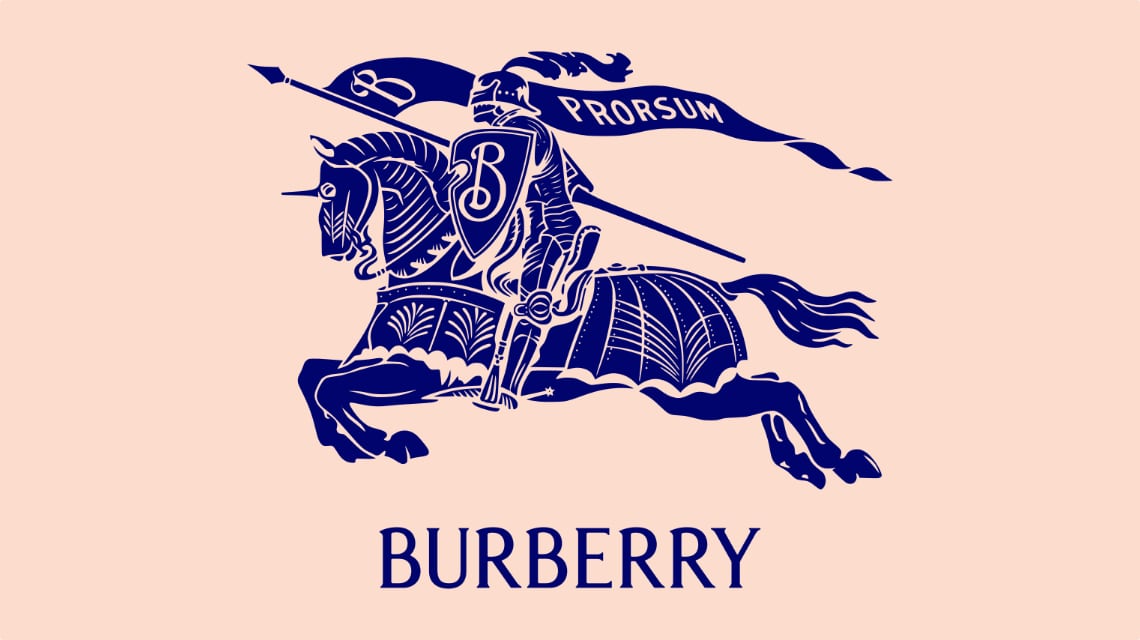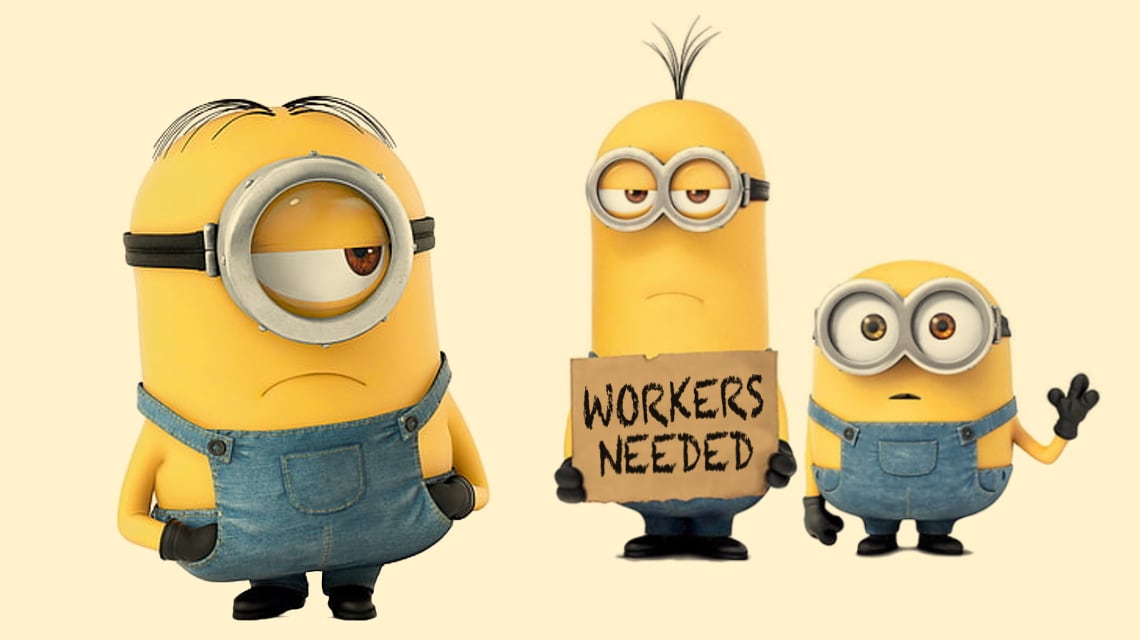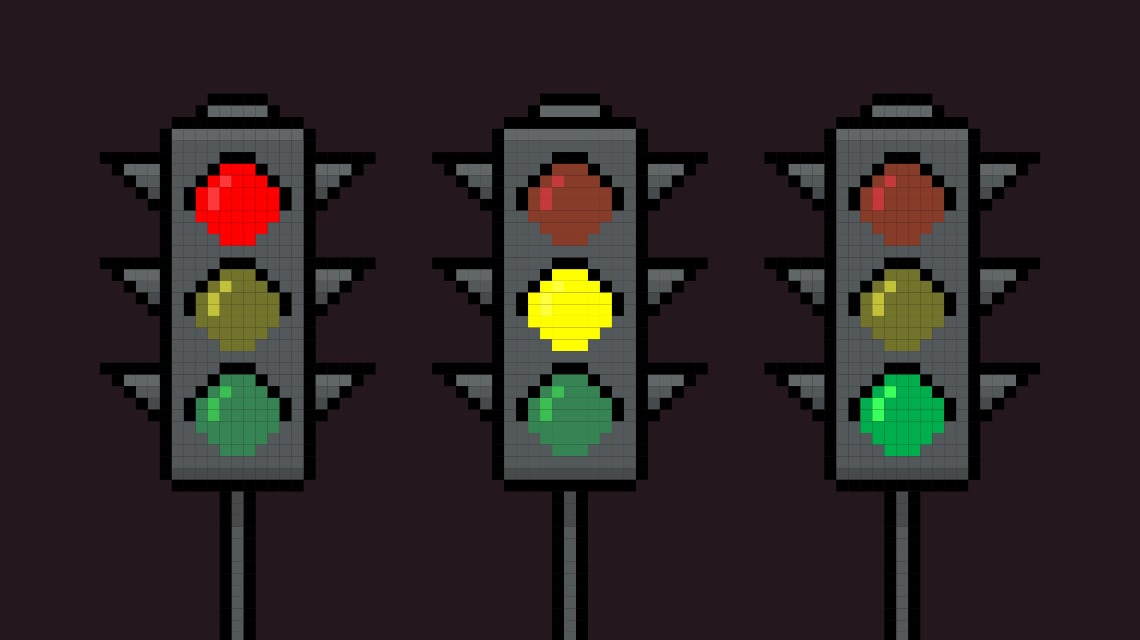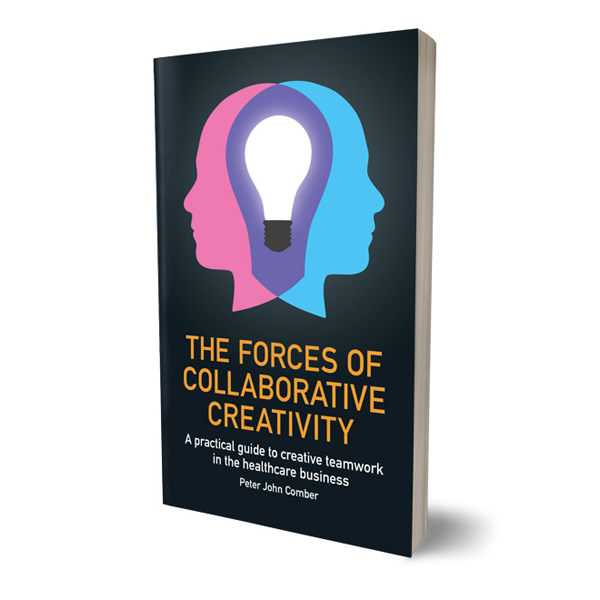Reading is to the mind what exercise is to the body.
My business book, ‘The Forces of Collaborative Creativity’ comes out next week. Give your little grey cells a good workout.
The Forces of Collaborative Creativity is a how-to, when-to and why-to manual for group creativity. It is aimed squarely at managers of healthcare companies because that is the sector I specialise in and it is where I perfected the Collaborative Creativity methodology. However, Collaborative Creativity is based on universal human creativity and behaviour, so the ideas in the book are broadly applicable.
In the book there are 150 pages dedicated to Collaborative Creativity, it isn’t easy to summarise it all in a couple of sentences but, I’ll try.
Conscious, rational thought is predominant in formal, professional settings and it is mediated by words that often mask rather than reveal. However much of what we do and believe is influenced by preconscious thought and emotion. Creativity allows us to access and make sense of emotions and the things we think but don’t consciously think about. Consequently, when we learn how to constructively employ creativity in business settings we discover that its value isn’t limited to the ideas it produces - there is significant value in the creative process itself and the effects it has on the creators.
‘Die Grenzen meiner Sprache bedeuten die Grenzen meiner Welt.’ I agree with Ludwig Wittgenstein’s statement that “the limits of my language mean the limits of my world.” Creativity is a means of expression and comprehension and when you understand the language of creativity you and those around you can push the limits of your world.
The Forces of Collaborative Creativity is in two parts. Part one concentrates on what Collaborative Creativity is and also why and when to use it. It begins by presenting the five forces of Collaborative Creativity because to fully comprehend an effect you must understand the force that generates it. The book uses real-world examples from the complex healthcare environment to describe its many applications and advantages: aligning multiple, internal and external stakeholders with very diverse points of view; improving empathy and comprehension of other’s experiences; resolving irrational resistance to unleash change; gain shared purpose and co-ownership of ideas to expedite innovation.
Part two is devoted to how-to-do-it with a step-by-step guide to the use of Collaborative Creativity. It includes the eight principles of Collaborative Creativity, numerous examples of creative exercises, tools and tips for session design and project management, advice on how to moderate creative sessions and how to make sure you involve the right people.
The ideas in The Forces of Collaborative Creativity are the result of my professional and personal experience. I am expert in applied creativity; my career began in 1983 in graphic design, rapidly progressed to consumer advertising, embraced digital advertising and marketing in the early ’90s and ultimately led to me specialising in healthcare communication problems from 2004 onwards. I’ve had millions of ideas and developed thousands of them, collaborating with countless people. I’ve seen which conditions provoke the best ideas. I’ve learnt that the ‘best idea’ varies with the context. I’ve noticed how and why people get excited about ideas and what happens when this happens. I’ve seen millions of ideas die a million deaths and observed that successful ideas transcend the way they are expressed - they become universal because they are both malleable and resilient. Above all, I’ve become convinced that to be creative is a human need which is often repressed, but if awakened is rewarding, transformative and has positive outcomes for individuals and organisations.
The Forces of Collaborative Creativity by Peter John Comber, will be published in paperback by Practical Inspiration Publishing on Tuesday 27th October 2020.
https://practicalinspiration.com/product/the-forces-of-collaborative-creativity.





